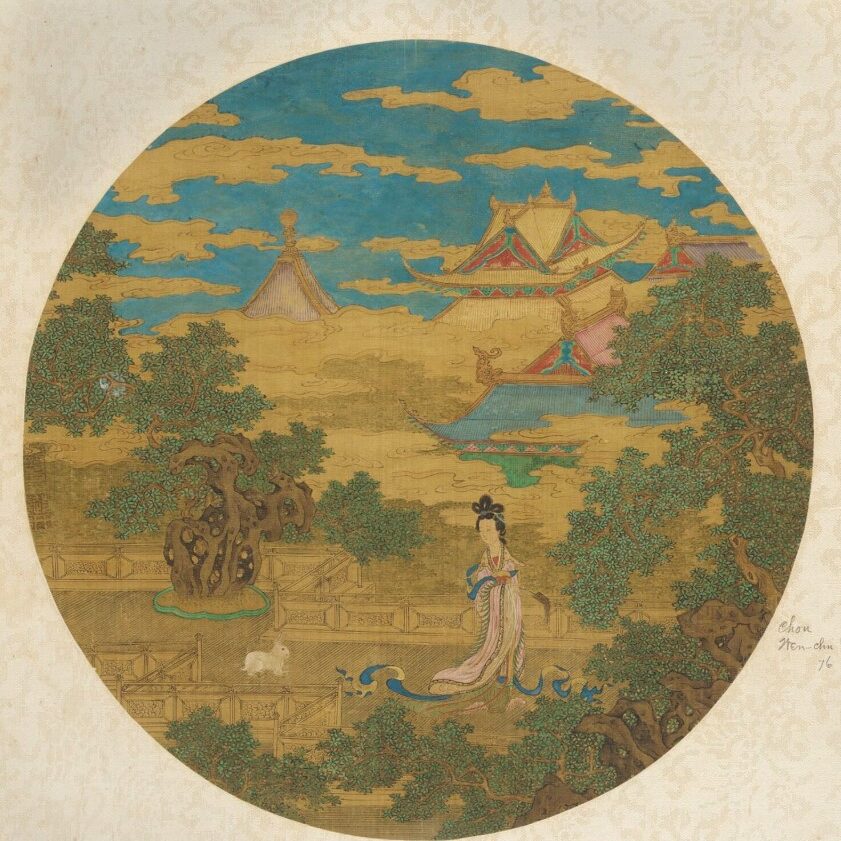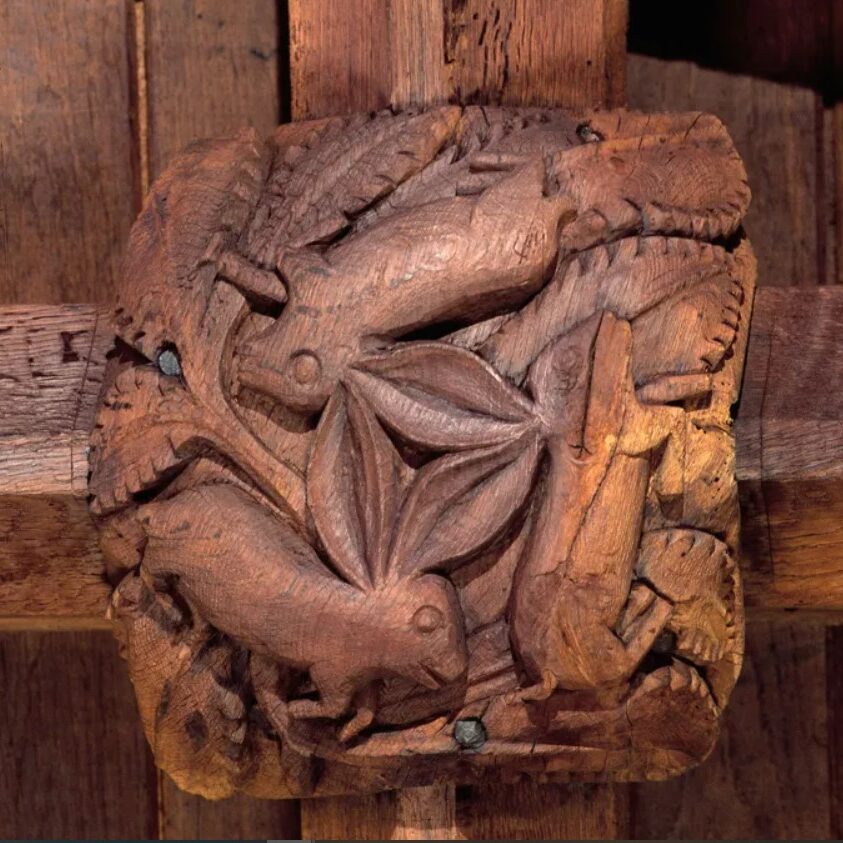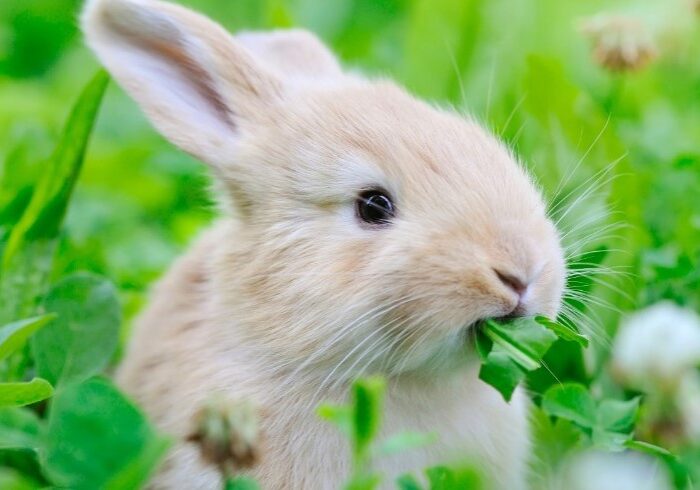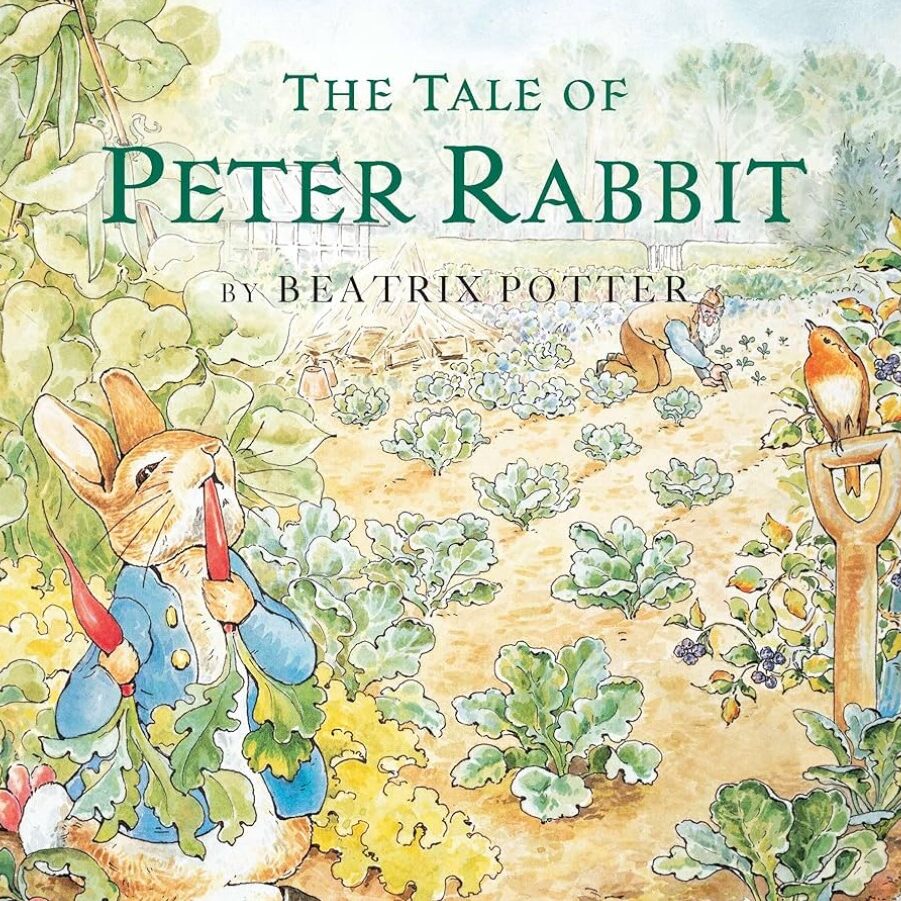Rabbit Island
Rabbits enjoy being around people and can usually recognize their owners by sight and sound. But because they're prey animals, they prefer to have all four feet firmly on the ground. That being said they can make wonderful pets and can even be trained. Rabbits are often considered cute for several reasons: Physical Features: Their large eyes, long ears, and small noses contribute to a baby-like appearance, which many people find endearing.
So at our animal village, we created a rabbit island. The island is home to hundreds of rabbits that are tame and will approach humans.
Occupied by hundreds of wild rabbits that roam the forests and fields, chasing people for food.
Rabbits are usually surrounded by their large families and are known for their high fertility rate. For these reasons, rabbits are often considered
a symbol of safe childbirth and the blessings of many children.
Rabbit Island, the home of over 1,000 rabbits, is known as a place to seek good
fortune for your own family's fertility.



Let's learn more about Rabbits!
Rabbits are small mammals in the family Leporidae (which also includes the hares), which is in the order Lagomorpha (which also includes pikas). They are familiar throughout the world as a small herbivore, a prey animal, a domesticated form of livestock, and a pet, having a widespread effect on ecologies and cultures. The most widespread rabbit genera are Oryctolagus and Sylvilagus.
The former, Oryctolagus, includes the European rabbit, Oryctolagus cuniculus, which is the ancestor of the hundreds of breeds of domestic rabbit and has been introduced on every continent except Antarctica. The latter, Sylvilagus, includes over 13 wild rabbit species, among them the cottontails and tapetis. Wild rabbits not included in Oryctolagus and Sylvilagus include several species of limited distribution, including the pygmy rabbit, volcano rabbit, and Sumatran striped rabbit.
Discover
Study of Rabbits
Rabbits are a paraphyletic grouping, and do not constitute a clade, as hares (belonging to the genus Lepus) are nested within the Leporidae clade and are not described as rabbits. Although once considered rodents, lagomorphs diverged earlier and have a number of traits rodents lack, including two extra incisors. Similarities between rabbits and rodents were once attributed to convergent evolution, but studies in molecular biology have found a common ancestor between lagomorphs and rodents and place them in the clade Glires.


Rabbit physiology is suited to escaping predators and surviving in various habitats, living either alone or in groups in nests or burrows. As prey animals, rabbits are constantly aware of their surroundings, having a wide field of vision and ears with high surface area to detect potential predators. The ears of a rabbit are essential for thermoregulation and contain a high density of blood vessels. The bone structure of a rabbit's hind legs, which is longer than that of the fore legs, allows for quick hopping, which is beneficial for escaping predators and can provide powerful kicks if captured.
Rabbits are typically nocturnal and often sleep with their eyes open. They reproduce quickly, having short pregnancies, large litters of four to twelve kits, and no particular mating season; however, the mortality rate of rabbit embryos is high, and there exist several widespread diseases that affect rabbits, such as rabbit hemorrhagic disease and myxomatosis. In some regions, especially Australia, rabbits have caused ecological problems and are regarded as a pest.


Pikas are quite different in appearance from rabbits and hares; they are much smaller and have relatively smaller ears and hind feet, and no external tail. Rabbits and hares have elongated ears and hind feet and short furry tails. The large ears of some hare species, like the desert-dwelling Black-tailed jackrabbit (Lepus californicus), function as highly vascularized radiators, allowing them to dump excess body heat or conserve heat by regulating circulation.
Although the common names of this group can be confusing (e.g., Lepus californicus is the Black-tailed jackrabbit even though it is a hare), the differences between rabbits and hares are primarily based on evolutionary relationships. Other differences are that hares make a nest—called a form—on the ground among vegetation, tend to be solitary, and are born fully furred and active. On the other hand, rabbits generally live and breed in burrows, are often colonial and are born less developed than hares, requiring more parental care. Although some rabbits, such as cottontails and hispid hares (which are really rabbits), are solitary and have forms.
Rabbits were bred and kept in captivity for food and fur as early as the Roman Period, with domestication considered complete by roughly 1500 CE. These rabbits were domesticated from European rabbits (Oryctolagus cuniculus) and have been kept as pets since the 19th Century. Domesticated rabbits are also bred and kept as livestock, with the largest per capita consumption (up to 19 pounds a year) in some European countries.


Wild leporids comprise a small portion of global rabbit-meat consumption. Domesticated descendants of the European rabbit (Oryctolagus cuniculus) that are bred and kept as livestock (a practice called cuniculture) account for the estimated 200 million tons of rabbit meat produced annually. Approximately 1.2 billion rabbits are slaughtered each year for meat worldwide.
In 1994, the countries with the highest consumption per capita of rabbit meat were Malta with 8.89 kg (19.6 lb), Italy with 5.71 kg (12.6 lb), and Cyprus with 4.37 kg (9.6 lb). The largest producers of rabbit meat were China, Russia, Italy (specifically Veneto), France, and Spain. Rabbit meat was once a common commodity in Sydney, with European rabbits having been introduced intentionally to Australia for hunting purposes, but declined after the myxomatosis virus was intentionally introduced to control the exploding population of feral rabbits in the area.
In the United Kingdom, fresh rabbits are sold in butcher shops and markets, and some supermarkets sell frozen rabbit meat. It is sold in farmers markets there, including the Borough Market in London. Rabbit meat is a feature of Moroccan cuisine, where it is cooked in a tajine with "raisins and grilled almonds added a few minutes before serving". In China, rabbit meat is particularly popular in Sichuan cuisine, with its stewed rabbit, spicy diced rabbit, BBQ-style rabbit, and even spicy rabbit heads, which have been compared to spicy duck neck. In the United States, rabbits sold as food are typically the domestic New Zealand, Belgian, and Chinese rabbits, or Scottish hares.


An infectious disease associated with rabbits-as-food is tularemia (also known as rabbit fever), which may be contracted from an infected rabbit. The disease can cause symptoms of fever, skin ulcers and enlarged lymph nodes, and can occasionally lead to pneumonia or throat infection. Secondary vectors of tularemia include tick and fly bites, which may be present in the fur of a caught rabbit. Inhaling the bacteria during the skinning process increases the risk of getting tularemia preventative measures against this include the use of gloves and face masks. Prior to the development of antibiotics, such as docycycline and gentamicin, the death rate associated with tularemia infections was 60%, which has since decreased to less than 4%.
In addition to their meat, domestic rabbits are used for their wool and fur for clothing, as well as their nitrogen-rich manure and their high-protein milk. Production industries have developed domesticated rabbit breeds (such as the Angora rabbit) for the purpose of meeting these needs. In 1986, the number of rabbit skins produced annually in France was as high as 70 million, compared to 25 million mink pelts produced at the same time. However, rabbit fur is on the whole a byproduct of rabbit meat production, whereas minks are bred primarily for fur production.


Rabbit stories in
Folklore and mythology
The rabbit often appears in folklore as the trickster archetype, as he uses his cunning to outwit his enemies. In Central Africa, the common hare (Kalulu) is described as a trickster figure, and in Aztec mythology, a pantheon of four hundred rabbit gods known as Centzon Totochtin, led by Ometochtli or Two Rabbit, represented fertility, parties, and drunkenness. Rabbits in the Americas varied in mythological symbolism: in Aztec mythology, they were also associated with the moon, and in Anishinaabe traditional beliefs, held by the Ojibwe and some other Native American peoples, Nanabozho, or Great Rabbit,is an important deity related to the creation of the world. More broadly, a rabbit's foot may be carried as an amulet, believed to bring protection and good luck. This belief is found in many parts of the world, with the earliest use being recorded in Europe c. 600 BC.
Asian Folklore and mythology
Rabbits also appear in Chinese, Vietnamese, Japanese and Korean mythology, though rabbits are a relatively new introduction to some of these regions. In Chinese folklore, rabbits accompany Chang'e on the Moon, and the moon rabbit is a prominent symbol in the Mid-Autumn Festival. In the Chinese New Year, the zodiacal rabbit or hare is one of the twelve celestial animals in the Chinese zodiac. At the time of the zodiacal cycles becoming associated with animals in the Han dynasty, only hares were native to China, with the currently extant breeds of rabbit in China being of European origin. The Vietnamese zodiac includes a zodiacal cat in place of the rabbit. The most common explanation is that the ancient Vietnamese word for "rabbit" (mao) sounds like the Chinese word for "cat" (卯, mao). In Japanese tradition, rabbits live on the Moon where they make mochi. This comes from interpreting the pattern of dark patches on the moon as a rabbit standing on tiptoes on the left pounding on an usu, a Japanese mortar. In Korean mythology, as in Japanese, rabbits live on the moon making rice cakes ("tteok" in Korean).


Rabbits in ancient religous symbolism
Rabbits have also appeared in religious symbolism. Buddhism, Christianity, and Judaism have associations with an ancient circular motif called the three rabbits (or "three hares"). Its meaning ranges from "peace and tranquility" to the Holy Trinity. The tripartite symbol also appears in heraldry. In Jewish folklore, rabbits are associated with cowardice, a usage still current in contemporary Israeli spoken Hebrew. The original Hebrew word (shfanim, שפנים) refers to the hyrax, but early translations to English interpreted the word to mean "rabbit", as no hyraxes were known to northern Europe.

Rabbit stories in
Tortoise and a Rabbit
The tortoise and the rabbit is a fable by Aesop that teaches the moral that slow and steady wins the race.
In a forest, there were a fast rabbit and a slow tortoise who were friends. They raced, but the rabbit napped, and the tortoise kept going. The tortoise won, teaching us that slow, steady work brings success. The rabbit learned not to underestimate others, and they stayed friends.
Rabbit rabbit rabbit
In other parts of Britain and in North America, "Rabbit rabbit rabbit" is one variant of an apotropaic or talismanic superstition that involves saying or repeating the word "rabbit" (or "rabbits" or "white rabbits" or some combination thereof) out loud upon waking on the first day of each month, because doing so is believed to ensure good fortune for the duration of that month.


Rabbit children stories
Many modern children's stories and cartoons portray rabbits as particularly fond of eating carrots, largely due to the popularity of Bugs Bunny, whose carrot eating habit was modeled after Peter Wayne, the character played by Clark Gable in the 1934 romantic comedy It Happened One Night. This is a misleading as wild rabbits do not naturally prefer carrots over other plants. Carrots are high in sugar, and excessive consumption can be unhealthy. This has led to some owners of domestic rabbits feeding a carrot heavy diet on this false perception.





